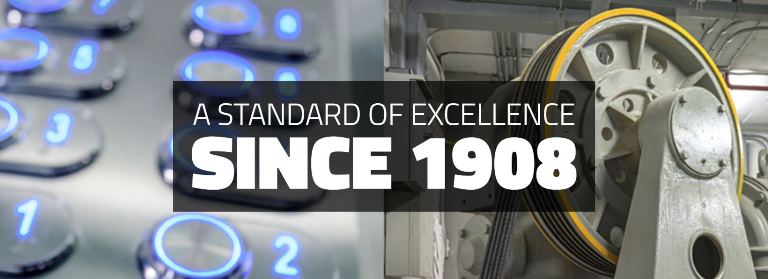Each
year for the last 7 years Colley Elevator has been hosting inspectors from
across the Chicago area as well as mechanics from Colley and other companies to
attend QEI/Elevator code continuing education.
This
year we again had Joe Donnelly – PE conduct the training. Joe D has had a
pretty incredible career starting out by working for Westinghouse Elevator as a
apprentice then field engineer moving to Lerch Bates to start his consulting
career and now at Donnelly & Associates doing elevator consulting and
training. He has had experience working
on the State of Illinois Board as the technical advisor and currently is the
Chair of the City of Chicago code committee and helped bring the City from a
2001 code to 2016.
While
the content is similar year to year [the code doesn’t change quickly] I always
learn something different each session.
The group of inspectors and mechanics who come also bring their own
experiences to the discussion which is always interesting.
This
year we reviewed – City –
State code update, 2010 & 2013 A17.1 major code update, 2016 A17.1 Part 2
code update, 2016 A17.1 Part 3 code update, A17.1 Part 6 code update, A17.1
part 8.6 code update, FEO service review, A17.3 code review, NEC code update,
A117.1 class, A17.2 routine inspection review, A17.2 periodic test review, City
of Chicago 2018 code A17.1, City of Chicago 2018 code A17.3
My notes – As I said, I’ve heard
all of this before many times but it sinks in a little more each time and you
always pick up a few items that you can use every day.
State of Illinois
mandate
Fire service witnessing – We discussed the
potential issue with coordination and staffing
Braille – Recent ADA mandate in our
elevator world
Chicago code
modifications
Pit sprinklers
Car top stations – pendant station – may be a
future solution to inspection station placement
Access switches – 12” away from door
jamb – Big change to some designs
Emergency exits with 14” x 14” space
next to – Never paid much attention to this
Hoistway – 55-95 Degrees – Hoistway “safe
environment for elevator equipment” temperature controlled – Always important
Freight elevator – Push to stop
switches
In/car stop switch during phase I stops the car
– Change now that we have keyed stop switches
Fire alarms needed in hoistways when
these are in HW – applicable to MRLs
Motor control
Drive machine
Control space
Phone jacks in fixtures are only required when
FD use communication center @ building – This is not a very popular item
because our fire fighters use walkie talkies
Expiration of batteries visible to
batteries – No one does this but should
Smoke detectors – Limitations where the need to
go on wall – Fire companies need to follow the code
Sprinkler requirement – I always get
tripped up here
Toe Guard – 60 to 75 degrees – I always forget
this dimension
NEC
Isolation
transformers – ML to controller to Iso to controller – not disconnect to Iso to
controller – if wired this way – need additional disconnect
High
voltage to low voltage – UL label – coming in controller
Fire
alarm announciator is king for where lobby panel – chiefed by life safety
company & AHJ – Life safety companies need to talk to AHJ before we start
so we are both on the same page.
Take away – Our professional lives
go so quickly day by day and we “know everything” but I think sometimes taking
time to go through some additional training on things you know goes a long
way. We also picked up a lot of good
information from one another.
Chicago
Elevator Association – Oak Brook, IL – Club House – 10/3/19 – speaker – Kone
Spares
If
you have any questions or would like additional information feel free to
contact me at CraigZ@colleyelevator.com or
630-766-7230 ext. 107.
Also
check us out on Instagram @Colleyelevator see what we have been up to.


























